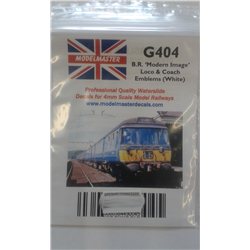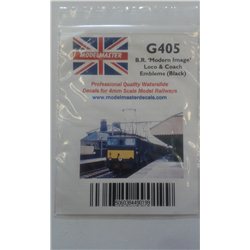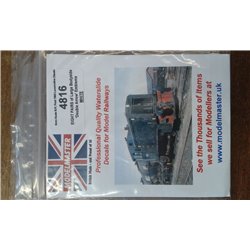There are several options for simulating running water on a model railway layout. Here are a few options to...
No products
Product successfully added to your shopping cart
There are 0 items in your cart. There is 1 item in your cart.
Search Tips
What is the British Rail double arrow logo?
The British Rail Double Arrow logo was designed by Gerald Barney in 1965 for the then nationalised British Railways. The company was in pursuit of a new corporate image to complement the modernisation plan already in motion and promote rail travel as a modern entity to attract customers.
Several decisions were made to achieve this including painting rolling stock in blue and pearl grey livery, the use of the familiar rail alphabet typeface on signs, tickets and notices and the introduction of a modern corporate logo (the double arrow).
The double arrow logo shows two arrows in opposing directions of travel overlaid on a representation of a double-track railway. It was applied to everything railway including the rolling stock replacing the dated lion and wheel motif.
The new logo was also used by some affiliated companies such as Sealink ferries. Interestingly, Sealink applied the logo inversely on one side of their vessel's funnel so that the upper arrow was always pointing towards the ship's bow.
Although British Rail is now long gone and the railways are the domain of private operators, the logo lives on as a generic symbol that means railway, it can be found on tickets, at station forecourts and on street signs to direct travellers to the station.
Click here to receive the tips weekly in your mailbox. You can unsubscribe at any time.










